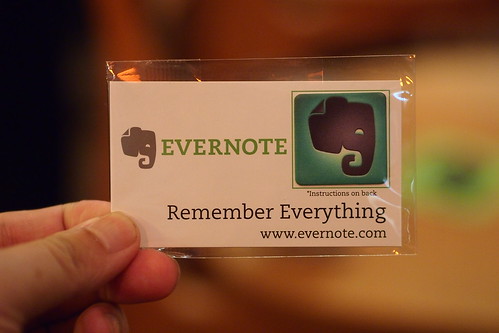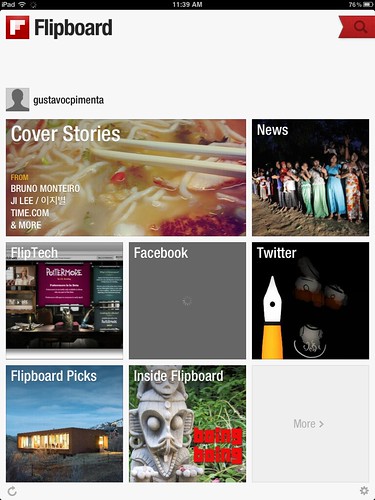 |
| Old School Room / Catherine Snodgrass / CC BY 2.0 |
Today new teachers have so many more options for connecting with other educators and finding support as they begin their teaching careers. My responsibilities and opportunities have changed throughout my career. And so have the ways that I connect with other educators.
Local, state, and national organizations and their conferences have provided many opportunities for me to meet others and learn from outstanding educators. I have had the chance to grow as I have shared my experiences with others. And technology tools such as blogs and Twitter have added more ways we can connect and grow today.
 |
| http://bit.ly/connectededucatormonth |
How are you connected with other educators? Are you benefiting from being involved with a PLN (personal learning network)? Have you searched for #ce14 on Twitter to find what today's educators are sharing during Connected Educator Month? Have you shared how you are connected? My PLN is such a rich source of ideas and experiences from educators who strive to teach and learn and help both students and other educators. I am so very thankful for them. No teacher today--new or experienced--needs to teach without the extensive support of other educators who are passionate about their mission and willing to share!










